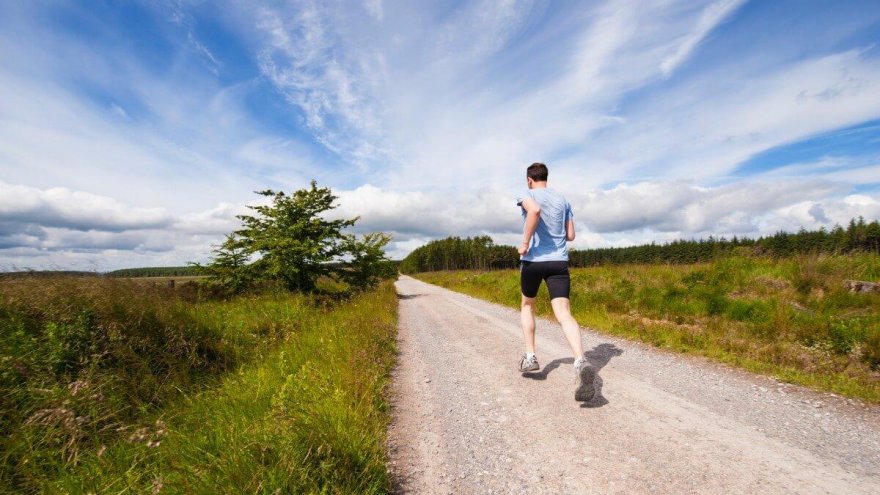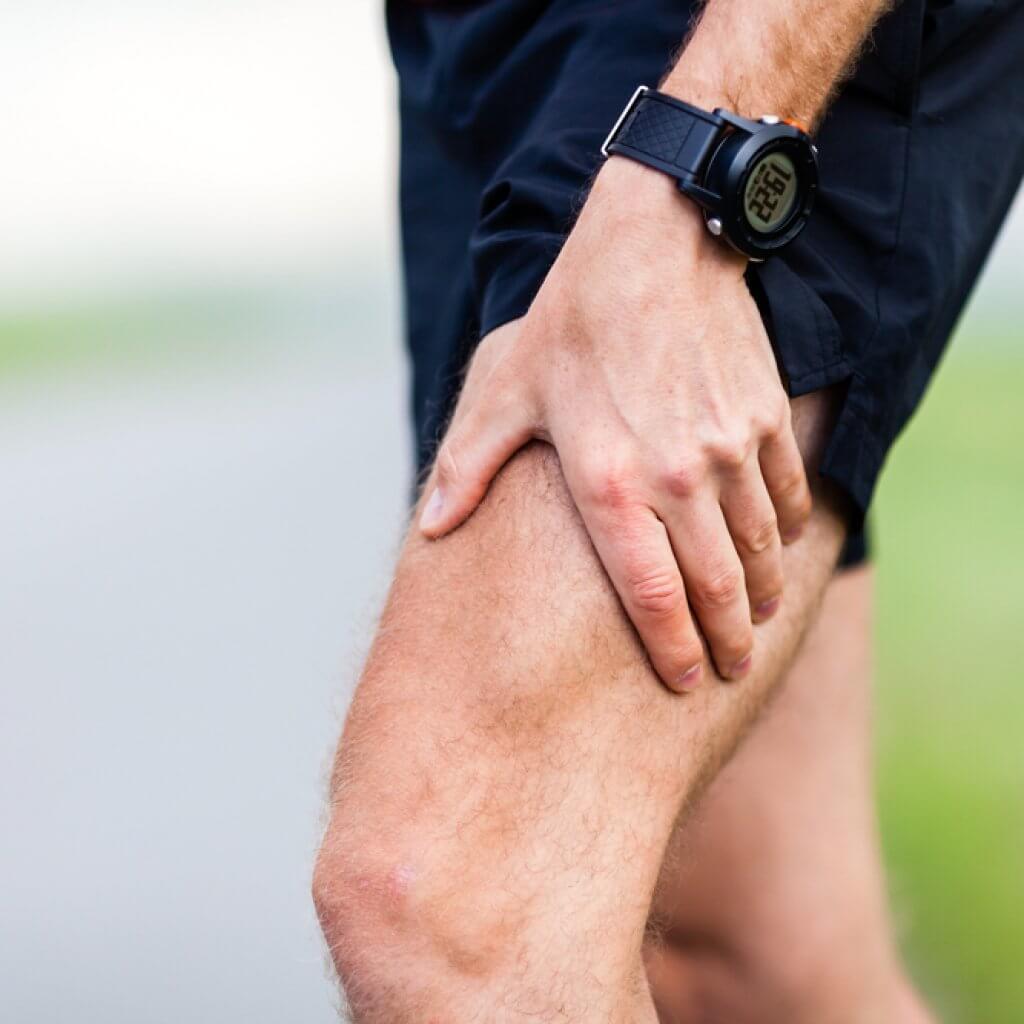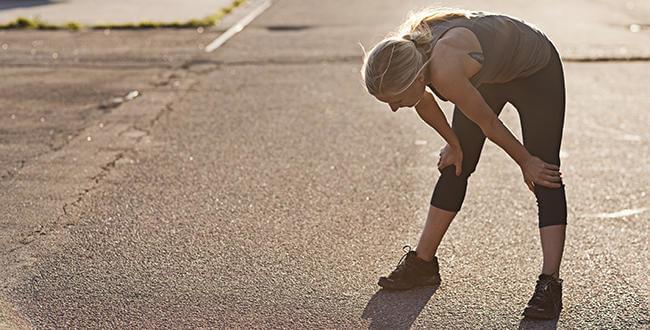Forgotten Muscles: Taking Care Of The Muscles Runners Ignore

As a runner – or any other athlete – it’s pretty important to keep things “sport specific.” Your workouts, your diet and even your recovery are all specifically designed to meet the needs of your activity of choice. And this is exactly what needs to happen. After all, why would a marathon runner care about spending time and energy to improve their free throws?
Unfortunately, this also tends to create some problems. In all of their zeal, athletes sometimes get a little… lopsided. By focusing so thoroughly on one specific area of training, other necessary aspect of fitness can be completely neglected. Sometimes, this includes entire muscle groups. So what do runners tend to ignore? More importantly, how can you undo this issue and create a more balanced training routine?

Really, there are three different types of athletic neglect that muscles can be subjected to. The first is relatively obvious and involves undertraining. This refers to those muscles that a runner just forgets to train in any meaningful way.
Interestingly, athletes also frequently overtrain their most important muscles, denying those hardworking muscles the chance to fully recover. This is a common, yet more subtle, issue.
Finally, there are those muscles that are under-stretched. While this is very closely connected with overtraining, it is a separate problem. For example, you might allow yourself plenty of time to rest between runs, during which time you carefully refuel so that your muscles can completely recover. But, do you stretch those muscles? Or, you might stretch regularly while still overworking your muscles.
How, though, do these problems actual manifest themselves? What are some of the common issues that runners deal with in each of these categories and how can they be avoided or fixed?

The Undertrained
While runners spend all sorts of time and energy building up their legs, a runner’s upperbody typically doesn’t get much work. The large muscles of the chest, arms, shoulders, back and abs tend to go pretty much unworked.
Why does this matter? After all, you don’t need them to run, right? Well… sort of. But not really.
First off, the lower back and abs are actually incredibly important to the runner. These muscles keep you upright and balanced as you move forward, contributing to the entire kinetic chain. In order to function properly, though, these core muscles need to have the strength and endurance to provide support and stability.
But what about the arms, chest, upper back and shoulders? You don’t need these to run, do you? No, you don’t. That doesn’t mean, however, that they don’t matter. Of course, you use those muscles every day when you’re just going through your routine. So the issue of functionality is involved. While you might not notice any weaknesses in these muscles on your runs, it will probably present a pretty big problem when you go to do some work around the house or clean up the yard.
In reality, whether you use them for your runs or not, you still have those muscles; they are part of your body. As such, they pull on and otherwise interact with the muscles that you do depend on. For example, if you spend lots of time working your quads, glutes and hamstrings, they’re going to tighten and place tension on your lower back and abs. Those muscles, in turn need to be able to handle that increased stress. Others, the tension in your hips could cause pain in your lower back and even have a negative impact on your running form.

The Overtrained
And that neatly sets up the next topic: the issue of overtraining. With all of your driving enthusiasm for your sport, it’s very possible that you could overwork your most important muscles. For a runner, this would your quads, hamstrings, glutes and calves.
Depending on your training schedule and style these muscles likely deal with tons of stress each week. The calves – which are relatively small compared to the other groups that make up your legs – are especially at risk here.
Overtraining can cause all sorts of problems, that could impact both a specific muscle group and even your entire body. In severe cases, athletes can experience depression, mood swings, a loss of physical performance, digestive issues, immune impartment and a host of other symptoms.
When overtraining is restricted to just one muscle group, however, you’ll probably deal with pain, swelling and discomfort in that particular area. It’s important to realize, though, that overuse injuries can include things like tendonitis that impact the joint rather than the muscle. For runners, knees – which are placed under an incredible amount of stress with each step – are a common problem area.
The Understretched
Frankly, most muscles tend to go understretched in runners. When a runner does make time for flexibility training, though, the same old favored leg muscles get all of the attention. Which is actually a pretty big mistake.
Next time you go for a slow run, take some time to get in your groove. Once you’re comfortable and mindful, pay close attention to your shoulders. Are they hiking up toward your ears? What about your arms? Are they tensed? How about your hips, are they tilted?
All of these are common form problems that can cause and be caused by muscular imbalances. Unfortunately, many runners forget to spend some time stretching out their back and shoulders after each run.
The Fix
So, what’s the solution to these three common problems? Really, all of them can be solved and prevented through cross-training. By designing your workout routine to include several different training methods, you avoid overtraining any specific muscles while also ensuring that all of your muscle groups are benefiting from some form of exercise.

For runners, strength-based workouts like weightlifting or the stability-centric Pilates make an excellent complement to your standard training. Or cardio workouts like swimming or cycling can also be used to give your legs a bit of a break for the high-impact act of running while continuing to build your endurance.
Latest Articles
 Is It OK to Use Trail Running Shoes on the Road?While trail running shoes can be used on roads, especially in situations where a runner encounters mixed terrains or pref...
Is It OK to Use Trail Running Shoes on the Road?While trail running shoes can be used on roads, especially in situations where a runner encounters mixed terrains or pref... Is Running on a Treadmill Easier Than Running Outside?Runners have their own preferences, whether it is treadmill running, running outside on the road, or exploring trails. So...
Is Running on a Treadmill Easier Than Running Outside?Runners have their own preferences, whether it is treadmill running, running outside on the road, or exploring trails. So... How to Fix Sore Quads After Running?Rest, ice, gentle stretching, and over-the-counter pain relievers can help soothe sore quads after running. Also, ensure ...
How to Fix Sore Quads After Running?Rest, ice, gentle stretching, and over-the-counter pain relievers can help soothe sore quads after running. Also, ensure ... 10 Fruits With The Most Electrolytes to Replace Sports DrinksThese fruits are high in electrolytes such as potassium, magnesium, and calcium, essential for hydration, muscle function...
10 Fruits With The Most Electrolytes to Replace Sports DrinksThese fruits are high in electrolytes such as potassium, magnesium, and calcium, essential for hydration, muscle function...

